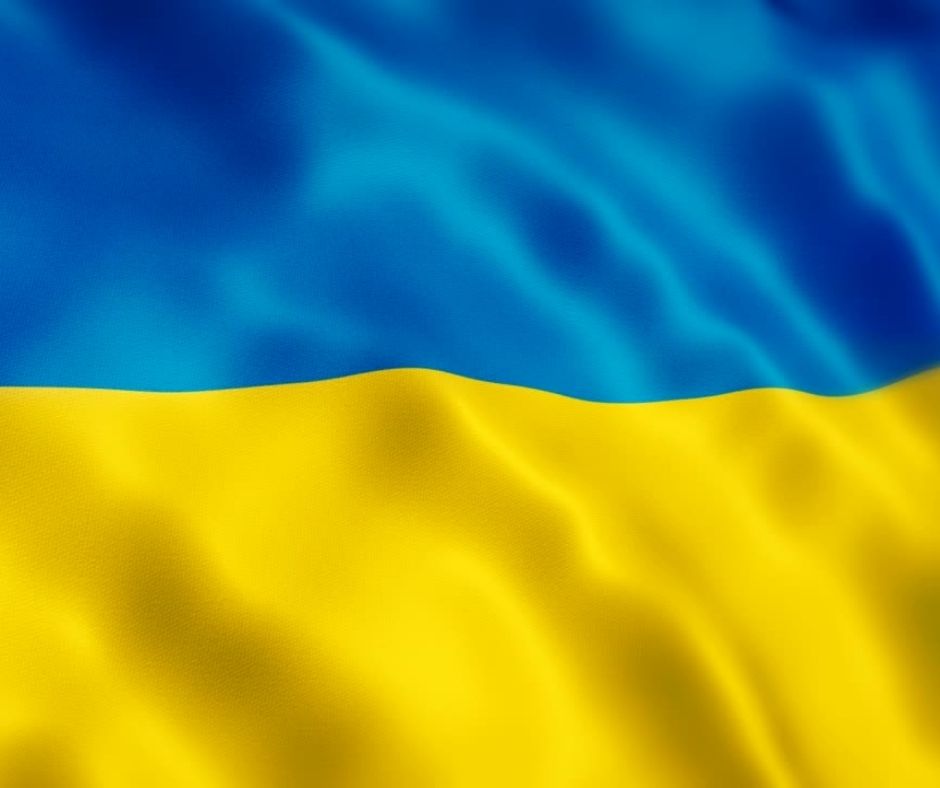3-16-22 Suffering and Prayer by Glenda Simpkins Hoffman
Like so many others around the world, my heart is heavy for what is happening in Ukraine. Regularly throughout the day, my mind goes to the precious people there, many of whom are brothers and sisters in Christ. And I feel for the people of Russia, many of whom don’t want this war either.
What do we do in the face of so much suffering? How do we respond? Many say prayer isn’t enough, but it is what we can offer when there is little else we can do to stop the madness. We can certainly give to support the humanitarian needs in Ukraine, and I hope we will as we are able. Giving to our mission partners at New Hope Ukraine is a great option: Give Online – ECMI USA (ecmi-usa.org).
But prayer is always a good response, a faithful response to whatever is happening in our lives or in the world. But when the world is on fire, prayer can be difficult. How do we pray in the midst of such suffering?
I received an e-mail this week from Renovaré quoting Richard Foster who writes, “Our question is not ‘Why is there suffering in the world?’ but ‘How do I enter into the suffering that is in the world in a way that is redemptive and healing?’ We must ask the question of practice.”
The e-mail also gave three suggestions for entering into the question of practice and into the practice of prayer. I have found the first two very helpful, and look forward to participating in the third—an online prayer gathering for Ukraine tomorrow, March 17, at 1:00 p.m. I share these resources with you, hoping you will find them helpful as well.
First, read “The Prayer of Suffering” from Prayer: Finding the Heart’s True Home by Richard Foster.
Second, listen and pray along with a powerful guided meditation for the situation in Ukraine, led by Nathan Foster. (Feel free to use this individually or with a group.)
Finally, participate in a reflective visual prayer (a.k.a. Visio Divina) for Ukraine and the world in a 20-minute online gathering on Thursday, March 17, at 1pm ET. (Register free here.) Visio Divina is translated as “divine seeing.” It is related to the prayer form Lectio Divina (divine reading), but instead of Scripture, this form of prayer uses visual elements to help set your mind on prayer.
Prayer is not so much doing something or not doing something as many think. Rather, it’s about living into our interactive friendship with God. We come to the one who loves us and whose heart breaks for the evil in our world that causes people pain. As we pray and enter into the suffering of the world, we offer ourselves to the one who is able to hold in his hands our doubts, questions, broken hearts, and the people who are hurting.
It seems prayer is a small thing to do, and perhaps it is on one hand. But on the other hand, in praying we put ourselves, those for whom we pray, and all our concerns into the care of a big God—the one who is our Savior and Lord and King of the universe. Prayer expresses our faith in who he is and what he can do. And sometimes, as in times of suffering, that is the best we can do.
Psalm 13 came to mind, which is a prayer for deliverance from enemies:
“How long, O Lord? Will you forget me forever? How long will you hide your face from me?
How long must I bear pain in my soul, and have sorrow in my heart all day long?
How long shall my enemy be exalted over me? Consider and answer me, O Lord my God!
Give light to my eyes, or I will sleep the sleep of death, and my enemy will say, “I have prevailed”; my foes will rejoice because I am shaken.
But I trusted in your steadfast love; my heart shall rejoice in your salvation.
I will sing to the Lord, because he has dealt bountifully with me.”
This prayer of lament expresses the cries of so many who long for God to intervene and stop the violence, the killing, the suffering. There is so much destruction and death, which leaves us wondering “How long, O Lord?”
The war in Ukraine began just before Lent started. I am reading again Walter Wangerin’s Lenten devotional Reliving the Passion, which is a walk through Mark 14-15. Mark 14 begins with the revelation that the religious leaders have murder in their hearts, and they are just looking for the right time. Judas goes to them with his decision to betray Jesus. They are glad to pay him for his efforts.
It’s hard to read how others were eager and ready to hurt our Lord. Slowly reading through the Gospel account of Jesus’ passion reminds us we have a God who understands suffering. He lived it and felt it in his human life in a broken and sinful world and in his human body in his death on the cross. We don’t understand the suffering in our lives and in our world, but we have a Savior who understands, sees us, cares for us, and holds us fast. We keep trusting the one who has ultimately overcome sin, evil, and death through his resurrection. In times of suffering, we cling to him. We wait. We pray.


